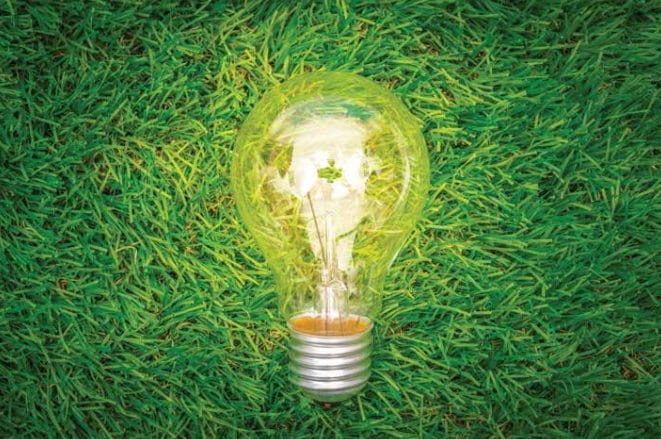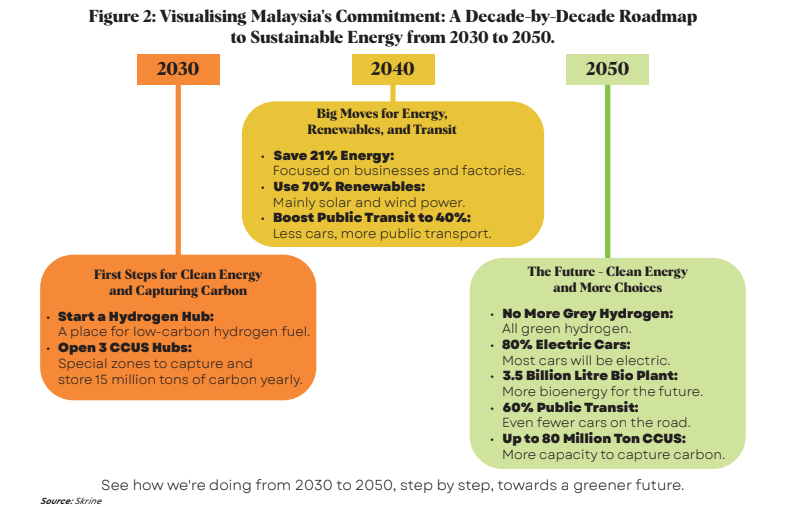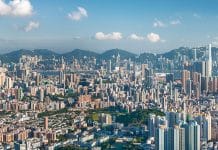Malaysia is at a pivotal moment in its journey towards sustainable energy. Driven by the urgent global need to mitigate climate change and capitalise on unique geographical and economic opportunities, Malaysia is setting ambitious targets for renewable energy and carbon reduction.
By 2050, Malaysia aims to achieve 70% renewable energy, a commitment that has earned it a commendable ranking of 35th in the World Economic Forum’s 2023 Energy Transition Index1 and the highest score amongst ASEAN countries at 61.7%.
According to the DARE Research Report, the cornerstone of this transformative agenda is the National Energy Transition Roadmap (NETR), launched on 27 July 20232. Designed to align with the Twelfth Malaysia Plan (2021–2025), NETR is a comprehensive strategy targeting net-zero emissions by 2050.
It encompasses 10 flagship projects across six key levers: energy efficiency, renewable energy, hydrogen, bioenergy, green mobility,
and carbon capture utilisation and storage (CCUS). This strategic roadmap builds upon the National Energy Policy introduced in September 2022, which aims to transition Malaysia to a low-carbon economy by 2040.
The first phase of NETR has already attracted significant interest, securing RM25 billion in investments. It projects the creation of 23,000 jobs and aims to reduce carbon emissions by 10,000 gigagrams annually, DARE Research Report cited Economic Minister Rafizi Ramli saying.
This introduction serves as an overview of Malaysia’s ambitious yet achievable plans as the nation is poised for a sustainable energy transformation. Following the successful conclusion of the NETR Phase 1, Malaysia unveiled Phase 2 on 28 August 2023. Prioritising initiatives such as biomass, waste-to-energy utilisation, carbon capture, energy storage, and hydrogen integration, this phase emphasises an actionable, forward-thinking approach.
Energy Commission CEO Dato’ Ir. Abdul Razib Dawood stressed the need to boost renewable energy capacity. While solar remains the most practical energy option in the country, other renewable sources are still developing and require further study.
The research paper titled ‘A Comparative Analysis of Renewable and Sustainable Energy Platforms in Malaysia.’ aims to clarify distinctions between renewable and sustainable energy while focusing on Malaysia’s current energy landscape, particularly renewable sources. Key policy frameworks, including the National Energy Transition Roadmap (NETR) and National Energy Policy (NEP), are analysed to understand Malaysia’s renewable strategy.
The report includes an economic analysis, evaluating costs, benefits, ROI, and environmental impacts of green energy investments in terms of carbon offset and other eco-benefits. It identifies challenges and opportunities in various renewable platforms and suggests targeted strategies to achieve Malaysia’s 70% renewable energy goal by 2050. The research paper concludes with a call-to-action, stressing the need for innovative solutions and policy recommendations aligned with Malaysia’s renewable energy objectives.
In the accompanying infographic below, a concise timeline visually illustrates Malaysia’s progressive steps from 2030 to 2050, highlighting pivotal energy and environmental milestones in the nation’s pursuit of a greener future.
However, the terms ‘renewable’ and ‘sustainable’ are frequently used interchangeably but carry different meanings. This paper therefore seeks to clarify the distinction, drawing on actionable data and credible sources.
Further, the report offers insight into Malaysia’s renewable and sustainable energy platforms, including solar, wind, hydro, and bioenergy.
The report considers energy solutions widespread beyond Malaysia, such as Cogen and WHR, and discusses the benefits and challenges of these sources, providing a comprehensive perspective on their applications.
The Malaysian government’s proactive approach is evident in its establishment of financial incentives. Schemes like the Green Technology Financing Scheme (GTFS), Green Investment Tax Allowance (GITA), and Green Income Tax Exemption (GITE) have been pivotal in incentivising corporate investments in renewable energy and waste management.
These schemes have improved financial outcomes and promoted the use of green technology, with the government offering credits of up to 60% through the Credit Guarantee Corporation (CGC) and a 2% subsidy on interest and profit rates.
This report is a guide to Malaysia’s path towards sustainable energy, essential for policymakers, investors, industries and corporates, and all those interested in the energy transformation in Malaysia.
We closely examine key initiatives, evaluate their impacts, and suggest strategies in line with Malaysia’s 2050 sustainability objectives for industries and corporates.










